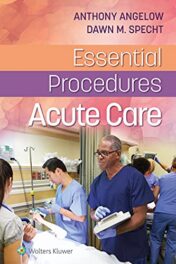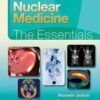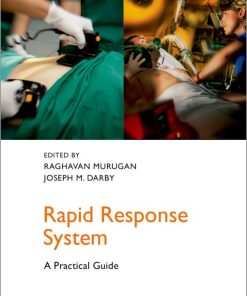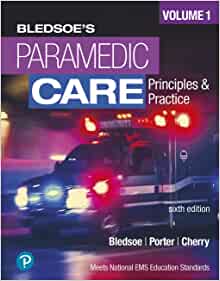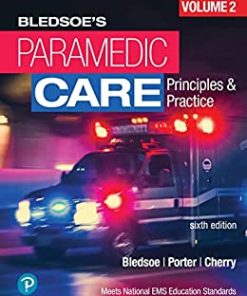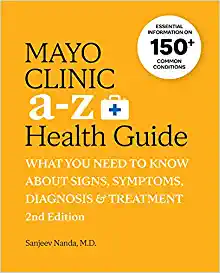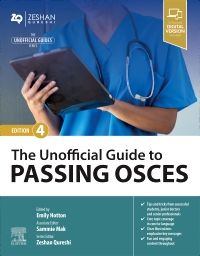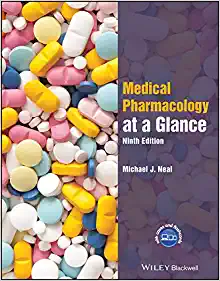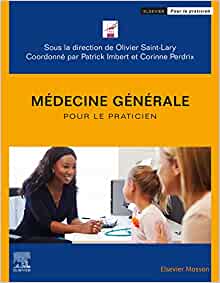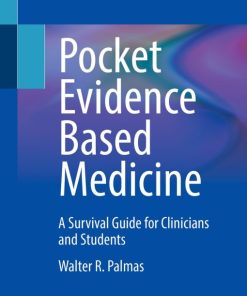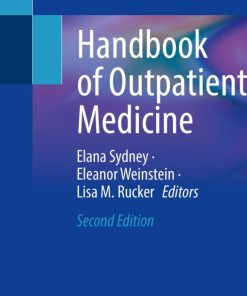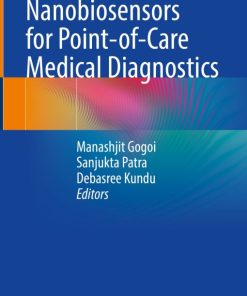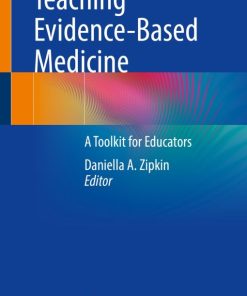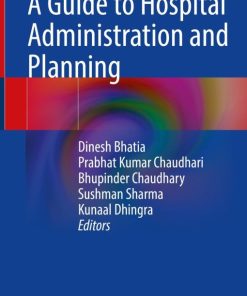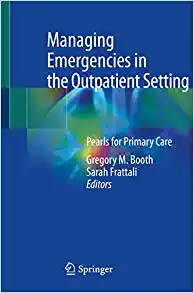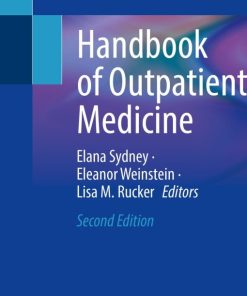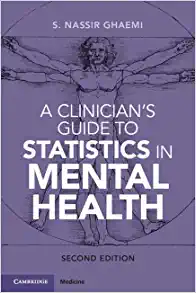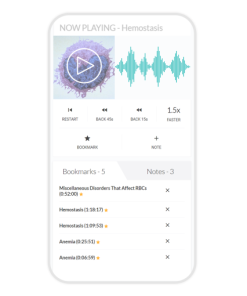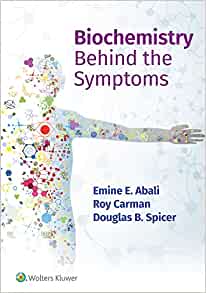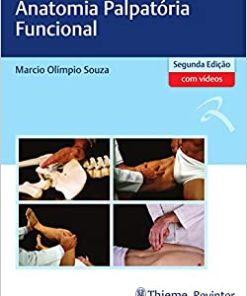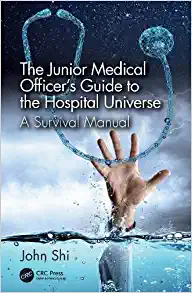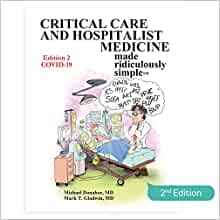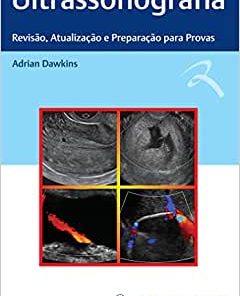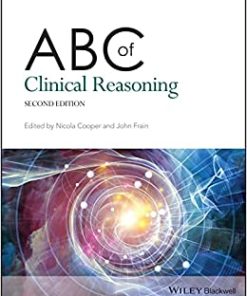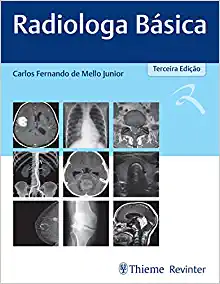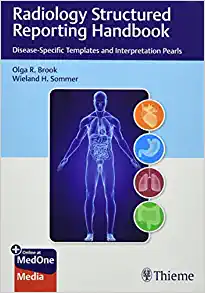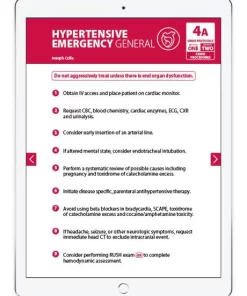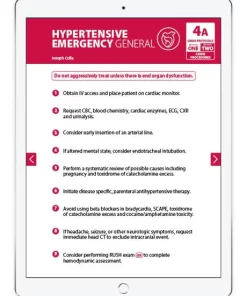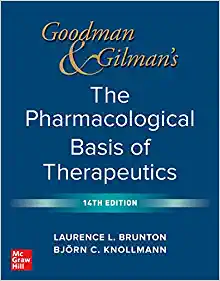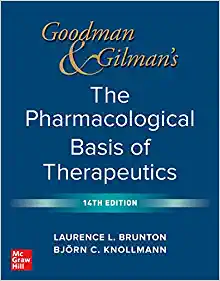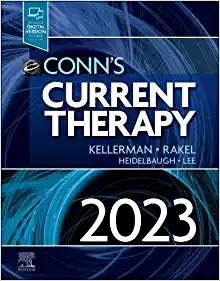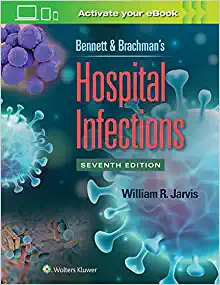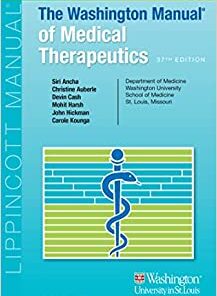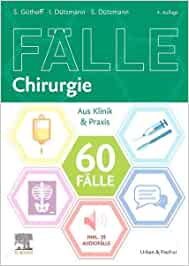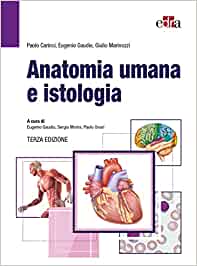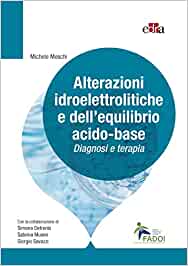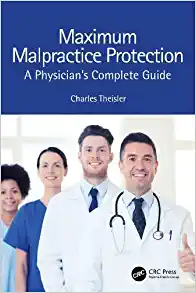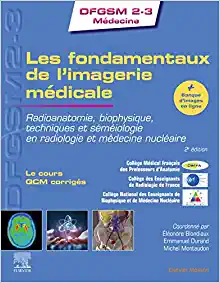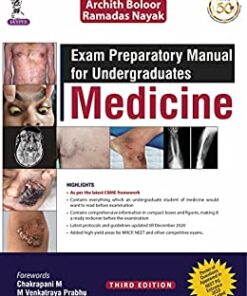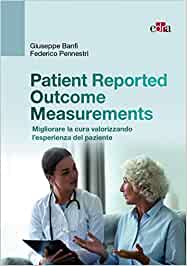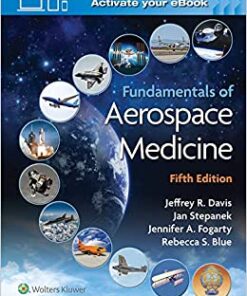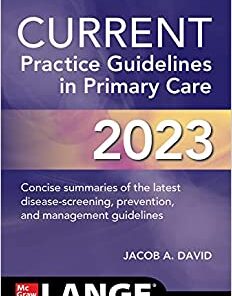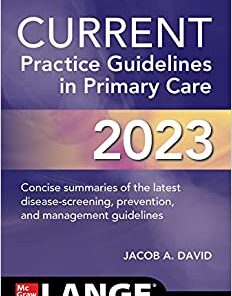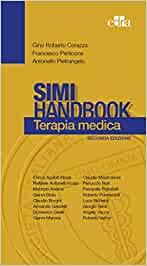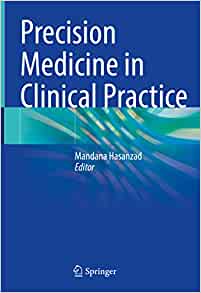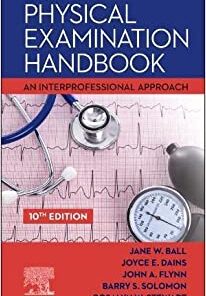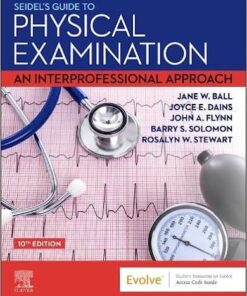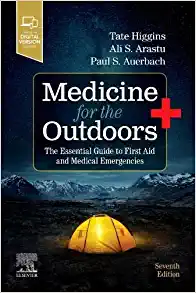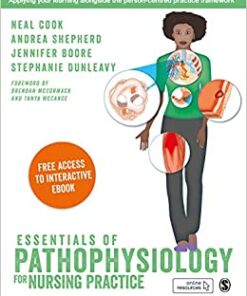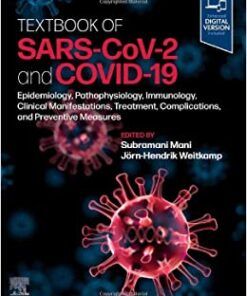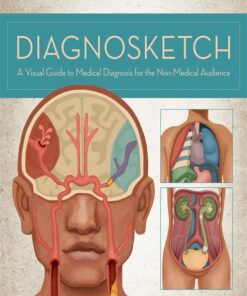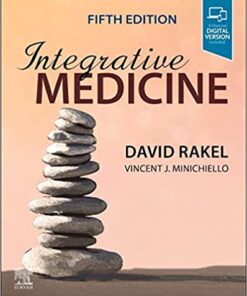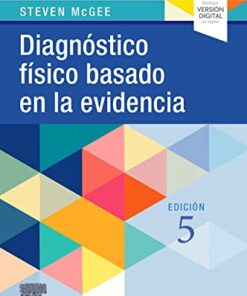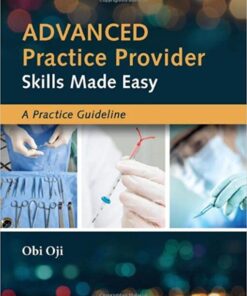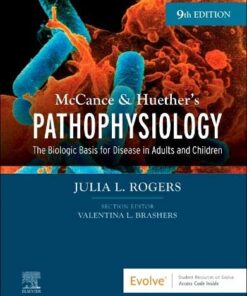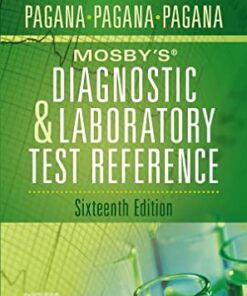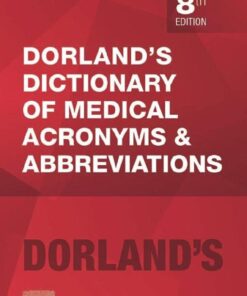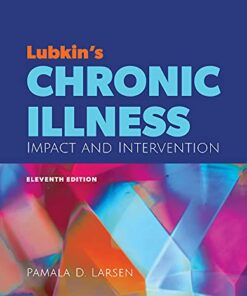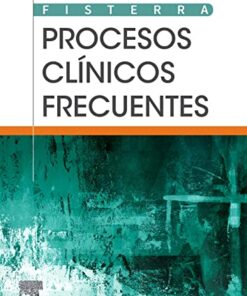Essential Procedures: Acute Care First, North American Ed 2021 epub+converted pdf
$15
Essential Procedures: Acute Care First, North American Ed 2021 epub+converted pdf
Strengthen your advanced practice, acute care nursing skills with Essential Procedures: Acute Care, the indispensable tool for learning how to safely and confidently perform the most common acute care procedures.
Organized by body systems, the procedures covered in this book include arterial line insertion, wound closure, and lumbar puncture. A handy, spiral-bound text that lies flat, this ideal resource offers step-by-step direction for acute care nursing students; it is also a handy on-the-unit reference for new acute care nurse practitioners.
Learn best practices and improve your acute care procedural skills with this expert guidance:
- Each chapter walks you through at least one procedure, with easy-to-follow organization and full-color photos and illustrations that clearly demonstrate each step:
- Indications for the procedure
- Absolute and relative contraindications
- Equipment needed
- Steps to performing the procedure
- Potential risks and complications
- Post-procedural care
- Cardiovascular procedures – central venous catheter placement, transvenous pacing, transcutaneous pacemakers, cardioversion, starting an intraosseous infusion, pulmonary catheter insertion
- Pulmonary procedures – endotracheal intubation, tube thoracostomy (chest tube) placement, needle decompression, removing chest tubes, thoracentesis, bronchoscopy, changing tracheostomy
- Gastrointestinal procedures – paracentesis, inserting small-bore feeding tubes (nasoduodenal and nasogastric)
- Integumentary procedures – administering local anesthetics, sutures and staples, incision and drainage, paronychia, nail hematoma release
- Neurological and musculoskeletal procedures – compartment pressure monitoring, arthrocentesis, negative pressure wound therapy application, cast application
- Hematological procedures – peripheral venipuncture, femoral venipuncture, arterial blood gas
- Evidence-based research bibliographies appear at the end of each chapter
- Reference chapters boost your understanding of interpreting diagnostics and responding to emergencies, with coverage of:
- 12-lead electrocardiogram interpretation,
- hemodynamic values and parameters,
- pulmonary function test interpretation,
- rapid sequence intubation,
- basics of mechanical ventilation,
- oxygen therapy,
- trauma assessment, and
- responding to a rapid response, cardiopulmonary resuscitation.
Related Products
GENERAL MEDICINE BOOKS
GENERAL MEDICINE BOOKS
Paramedic Care: Principles and Practice, Volume 1 (Original PDF from Publisher)
GENERAL MEDICINE BOOKS
Paramedic Care: Principles and Practice, Volume 2 (Original PDF from Publisher)
GENERAL MEDICINE BOOKS
The Unofficial Guide to Passing OSCEs, 4th edition (Original PDF from Publisher)
GENERAL MEDICINE BOOKS
Uworld USMLE COMLEX Level 1 Qbank, Updated Jan 2023, System- and Subject-wise (PDF)
GENERAL MEDICINE BOOKS
Uworld USMLE Step 1 Qbank, Updated Jan 2023, System- and Subject-wise (PDF)
GENERAL MEDICINE BOOKS
Neinstein’s Adolescent and Young Adult Health Care: A Practical Guide, 7th Edition (EPUB)
GENERAL MEDICINE BOOKS
Medical Pharmacology at a Glance, 9th Edition (Original PDF from Publisher)
GENERAL MEDICINE BOOKS
Médecine générale pour le praticien (Original PDF from Publisher)
GENERAL MEDICINE BOOKS
Pocket Evidence Based Medicine (Original PDF from Publisher)
GENERAL MEDICINE BOOKS
Handbook of Outpatient Medicine, 2nd Edition (Original PDF from Publisher)
GENERAL MEDICINE BOOKS
GENERAL MEDICINE BOOKS
A Guide to Hospital Administration and Planning (Original PDF from Publisher)
GENERAL MEDICINE BOOKS
Nanobiosensors for point-of-care medical diagnostics (Original PDF from Publisher)
GENERAL MEDICINE BOOKS
Teaching Evidence-Based Medicine (Original PDF from Publisher)
GENERAL MEDICINE BOOKS
GENERAL MEDICINE BOOKS
250 Exames De Laboratorio. Prescricao E Interpretação, 10th Edition (Original PDF from Publisher)
GENERAL MEDICINE BOOKS
GENERAL MEDICINE BOOKS
A Clinician’s Guide to Statistics in Mental Health 2e (Original PDF from Publisher)
GENERAL MEDICINE BOOKS
Magill’s Medical Guide, 9th edition (Original PDF from Publisher)
GENERAL MEDICINE BOOKS
First Aid for the USMLE Step 1 2023, Thirty Third Edition (Original PDF from Publisher)
GENERAL MEDICINE BOOKS
GENERAL MEDICINE BOOKS
GENERAL MEDICINE BOOKS
Bates’ Guide to Physical Examination and History Taking, 2nd (SAE) (Original PDF from Publisher)
GENERAL MEDICINE BOOKS
UCSF CME COVID-19 for Clinicians: Up-to-the-Minute Advances 2022 (CME VIDEOS)
GENERAL MEDICINE BOOKS
MedStudy 20th Edition Internal Medicine Core Audio Pearls 2022 (Audios)
GENERAL MEDICINE BOOKS
GENERAL MEDICINE BOOKS
Anatomia Palpatória Funcional, 2nd Edition (Original PDF from Publisher)
GENERAL MEDICINE BOOKS
Ultrassonografia: Revisão, Atualização e Preparação para Provas (EPUB)
GENERAL MEDICINE BOOKS
Uworld COMLEX Level 1 (Step 1 + OMT 1), 3-month Subscription, Full Guarantee (Shared account)
GENERAL MEDICINE BOOKS
Uworld COMLEX Level 1 (Step 1 + OMT 1), 3-month Subscription, 1-month Guarantee (Shared account)
GENERAL MEDICINE BOOKS
Uworld USMLE Step 1, 3-month Subscription, Full Guarantee (Shared account)
GENERAL MEDICINE BOOKS
Uworld USMLE Step 1, 3-month Subscription, 1-month Guarantee (Shared account)
GENERAL MEDICINE BOOKS
ABC of Clinical Reasoning (ABC Series), 2nd Edition (Original PDF from Publisher)
GENERAL MEDICINE BOOKS
Radiologia Básica Junior, Carlos Fernando de Mello, 3ª edição (Original PDF from Publisher)
GENERAL MEDICINE BOOKS
The Resuscitation Crisis Manual (The RCM) eBook (Original PDF from Publisher)
GENERAL MEDICINE BOOKS
GENERAL MEDICINE BOOKS
Goodman and Gilman’s The Pharmacological Basis of Therapeutics, 14th Edition (EPUB)
GENERAL MEDICINE BOOKS
GENERAL MEDICINE BOOKS
Bennett & Brachman’s Hospital Infections, 7th Edition (EPUB3)
GENERAL MEDICINE BOOKS
The Washington Manual of Medical Therapeutics, 37th Edition (EPUB3)
GENERAL MEDICINE BOOKS
GENERAL MEDICINE BOOKS
GENERAL MEDICINE BOOKS
Alterazioni idroelettrolitiche e dell’equilibrio acido-base. Diagnosi e terapia (EPUB3)
GENERAL MEDICINE BOOKS
Maximum Malpractice Protection: A Physician’s Complete Guide (Original PDF from Publisher)
GENERAL MEDICINE BOOKS
Exam Preparatory Manual For Undergraduates Medicine, 3rd Edition (Original PDF from Publisher)
GENERAL MEDICINE BOOKS
The Washington Manual of Medical Therapeutics, 36th Edition (Original PDF from Publisher)
GENERAL MEDICINE BOOKS
Patient-Reported Outcome Measures. Migliorare la cura valorizzando l’esperienza del paziente (EPUB3)
GENERAL MEDICINE BOOKS
GENERAL MEDICINE BOOKS
CURRENT Practice Guidelines in Primary Care 2023 (Original PDF from Publisher)
GENERAL MEDICINE BOOKS
GENERAL MEDICINE BOOKS
GENERAL MEDICINE BOOKS
Precision Medicine in Clinical Practice (Original PDF from Publisher)
GENERAL MEDICINE BOOKS
Essentials of Pathophysiology for Nursing Practice (Original PDF from Publisher)
GENERAL MEDICINE BOOKS
GENERAL MEDICINE BOOKS
Integrative Medicine, 5th edition (Original PDF from Publisher)
GENERAL MEDICINE BOOKS
Diagnóstico físico basado en la evidencia, 5 Edición (Original PDF from Publisher)
GENERAL MEDICINE BOOKS
Advanced Practice Provider Skills Made Easy: A Practice Guideline (Original PDF from Publisher)
GENERAL MEDICINE BOOKS
Mosby’s® Diagnostic and Laboratory Test Reference, 16th Edition (Original PDF from Publisher)
GENERAL MEDICINE BOOKS
Lubkin’s Chronic Illness: Impact and Intervention, 11th Edition (Original PDF from Publisher)
GENERAL MEDICINE BOOKS
GENERAL MEDICINE BOOKS
GENERAL MEDICINE BOOKS
ICD-10-CM/PCS Coding: Theory and Practice, 2023/2024 Edition 2022 Original PDF
GENERAL MEDICINE BOOKS
Introduction to Language Development, 3rd Edition 2022 Original PDF
GENERAL MEDICINE BOOKS
SERS for Point-of-care and Clinical Applications 2022 Original PDF
GENERAL MEDICINE BOOKS
SERS for Point-of-care and Clinical Applications 2022 epub+converted pdf
GENERAL MEDICINE BOOKS
Clinical Decision Making for Improving Prognosis 2022 epub+converted pdf
GENERAL MEDICINE BOOKS
Clinical Decision Making for Improving Prognosis 2022 Original PDF
GENERAL MEDICINE BOOKS
GENERAL MEDICINE BOOKS
GENERAL MEDICINE BOOKS
Acquiring Medical Language, 2nd Edition 2018 epub+converted pdf
GENERAL MEDICINE BOOKS
Acquiring Medical Language, 3rd Edition 2022 epub+converted pdf
GENERAL MEDICINE BOOKS
GENERAL MEDICINE BOOKS
Phlebotomy: Worktext and Procedures Manual, 5th Edition 2019 Original PDF
GENERAL MEDICINE BOOKS
Uworld ABIM Qbank 2022 (Subject- and System-wise, Updated September 2022) (PDF)
GENERAL MEDICINE BOOKS
Tornado of Life: A Doctor’s Journey through Constraints and Creativity in the ER 2022 Original PDF
GENERAL MEDICINE BOOKS
Pierson and Fairchild’s Principles & Techniques of Patient Care, 7th Edition 2022 Original PDF
GENERAL MEDICINE BOOKS
The Health Care Professional’s Guide to Cultural Competence, 2nd Edition 2022 Original PDF

